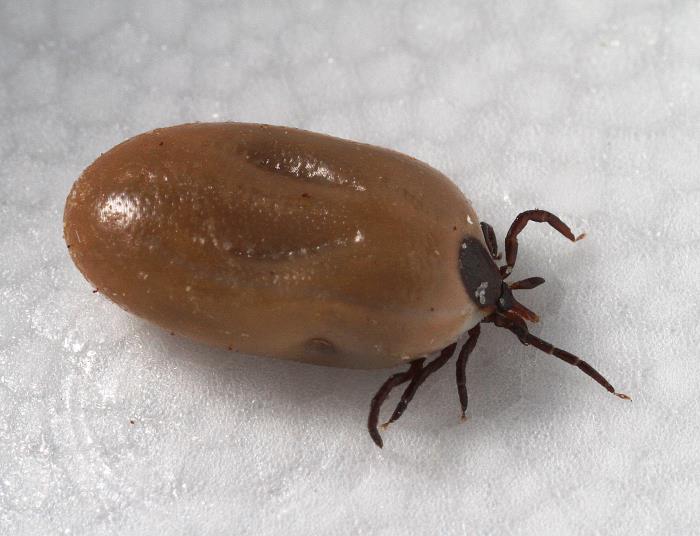As people across the northeastern U.S. begin venturing back into the outdoors with the arrival of spring, they will make 1 billion fewer trips than they otherwise would have if Lyme disease didn’t exist, a new Yale study concludes.

In an analysis published in the journal Environmental and Resource Economics, researchers found that perceived risks of contracting Lyme disease on average cause a person in the Northeast to forego eight 73-minute outdoor trips per year, costing them about nine hours of outdoor time per year. Although the cost of individual lost trips is small — about $2.75 to $5 — the total cost roughly $2.8 billion to $5 billion annually due to the large number of people in the region.
“Lyme disease has been around for a few decades but it still has a big cost to society,” said Eli Fenichel, an assistant professor at the Yale School of Forestry & Environmental Studies (F&ES) and senior author of the paper. “But the cost is not what people spend on doctors, or medicine, or even bug spray. These are costs that everybody incurs because we’re all choosing second-choice activities to avoid getting Lyme disease.”
“It’s a lot of people making very small changes, but in such a densely populated region that has major impacts.”
Lyme disease is caused by the bacterium Borrelia burgdorferi and is transmitted to humans through the bite of an infected blacklegged tick, according to the U.S. Centers for Disease Control and Prevention (CDC). Prevalent across the northeastern U.S. and the Great Lakes region, the disease causes fever, headaches, fatigue, and skin rash. It can be prevented by use of repellents and removing ticks, as well as costly steps to remove tick habitat.
Or, as the researchers illustrate, individuals can simply find alternative activities to avoid tick habitat altogether.
To evaluate how the risk of Lyme disease impacts human behavior….Read more at Yale School of Forestry and Environmental Studies
Related:
- Ticks: How they protect themselves from Lyme disease bacteria and other microorganisms
- Pennsylvania Lyme disease: An interview with Dr Amesh Adalja
- Lyme disease ticks, blacklegged ticks, found in eastern national parks
- Canada reports more than 900 Lyme disease cases in 2015
- Lyme disease expert talks diagnosis, treatment and ‘chronic Lyme’
- Treating Lyme disease costs more than $1 billion per year
- Lyme Madness author, Lori Dennis, for the full show
- Lyme discovery: Borrelia bacteria hides inside parasitic worms, causing chronic brain diseases


One thought on “Lyme disease still has a big cost to society when it comes to outdoor activities: Yale researchers”